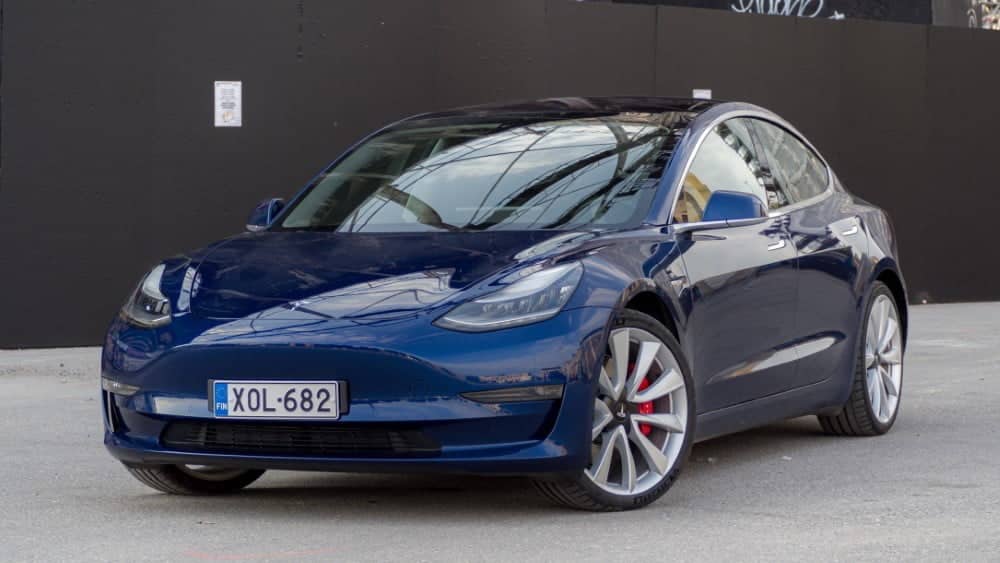Tesla as a car manufacturer has been on people’s lips for years when talking about full electric cars. Teslas and other brands of all-electric cars are appearing on Finnish roads in ever-increasing numbers.
However, we will have to wait for years before we see more full electric cars on the streets of Finland, due to the capacity of the batteries and the harsh winter conditions.
Tesla could well be seen as a pioneer of electric cars. Now led by Elon Musk and founded in 2003, the company has made an incredible mark in the field that other car manufacturers have yet to match.
Tesla currently has three models on sale. The latest and smallest model in the current range – the Model 3 Performance – was on test drive.

Time travel to the future
In a nutshell, cabin design in the automotive industry has remained the same from the 50s and 60s to the present day.
Behind the steering wheel you are used to seeing the instrument cluster, with radio and climate control panels on the right and, depending on the manufacturer, other buttons arranged in random order around the dashboard.
The Model 3 gives the driver a completely new view. The outward visibility is really good, with plenty of window space and a nose cone that drops down outside the field of vision.
The dashboard is a simple, elegant wooden dashboard with a 15-inch touchscreen. There is no simpler and more elegantly designed cockpit on the market today. The steering wheel is smaller than usual.

Virtually all the controls, such as lights and windscreen wipers, are controlled via the large screen.
The default setting in Tesla is that the car does things very much automatically.
However, all the necessary controls can be quickly found on the touchscreen after an initial struggle. The level of button pruning in the cabin is well illustrated, for example, by the fact that even the glove compartment is opened from the touchscreen.
Visually, the screen and features are designed to look very much like Apple’s operating systems. At first glance, you might wonder if the Model 3 has a giant iPad installed to control the car’s functions.
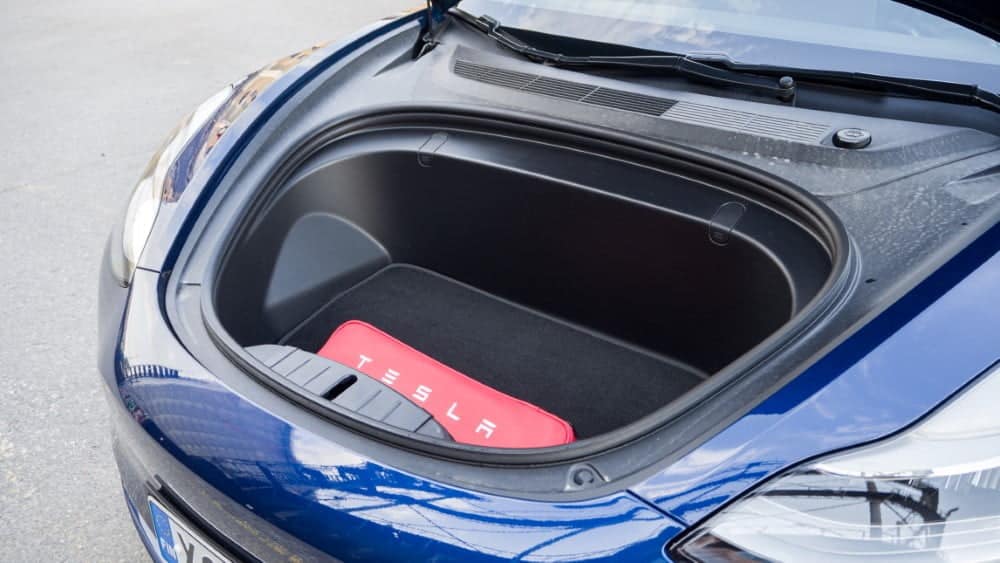
Interior and comfort
The interior of the Model 3 is a positive surprise. There is considerably more space inside than you would imagine from the outside. The front and rear seats can comfortably accommodate two taller people in a row. Light and space are further enhanced by the panoramic roof that extends all the way to the roof.
Storage space is available under the bonnet at the front and in the boot at the rear. In the front, like a small Porsche, there’s room for a few shopping bags, while the rear boot holds 425 litres.
At Tesla, simplicity is a high priority right from the moment you order your own car.
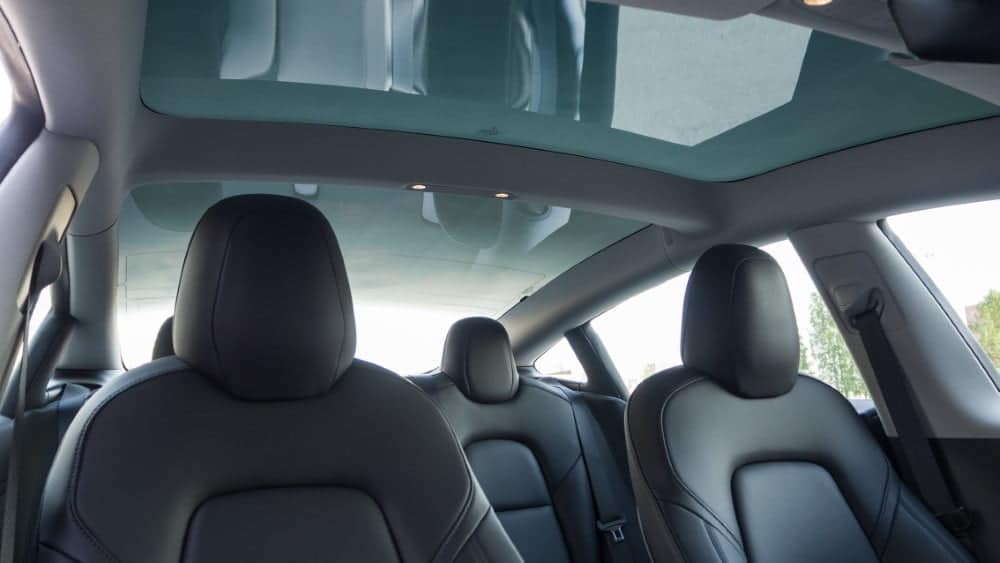
The Model 3 is available in three different versions, Standard Range Plus, Long Range and Performance.
In practice, the biggest differences come in battery size and electric motor power.
The range varies between the models from 415 km to 560 km. Depending on the model, zero to 60 km/h is achieved in 3.4 seconds at best and 5.6 seconds for the ‘base’ model.

The list of optional extras is very limited, making it as easy as possible to order the car.
There are five exterior colours to choose from, a choice of black or white for the interior, the size and appearance of the wheels depending on the model, and a fully self-driving car option package.
As a positive surprise, the list of options also includes a tow hitch, which is not even available on all hybrid cars today.
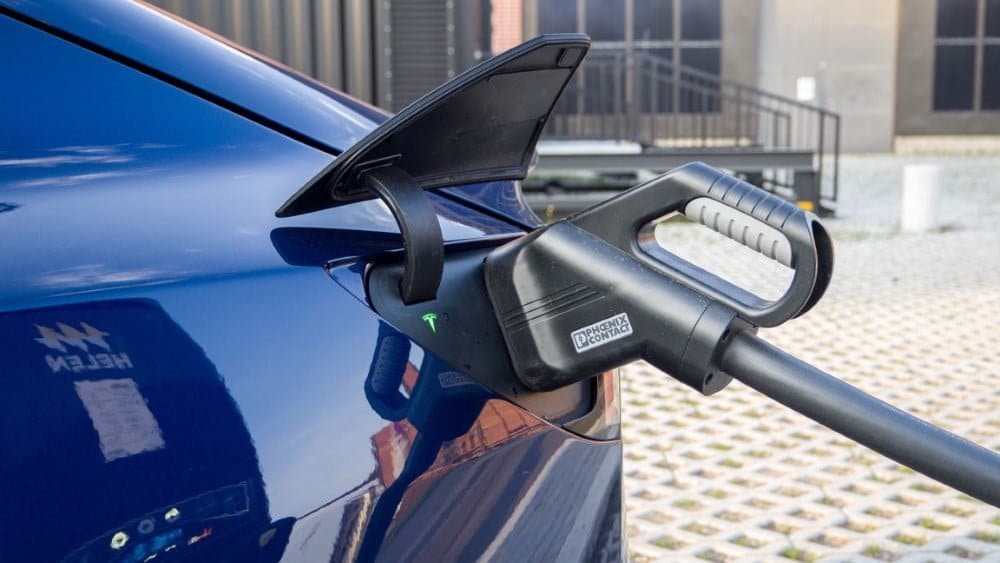
Autopilot comes as standard on all Model 3 models, which keeps the car in its lane and active cruise control follows the car in front at a constant distance.
See here for other test drives.
Autopilot will keep the car in its lane safely, as long as lane markings are clearly visible and in good condition. In snowy conditions or on more remote roads, the lane markings may be less clear, making it impossible for Autopilot to steer the car independently between the lines.
The autopilot’s distance control to the car in front could be much more flexible.
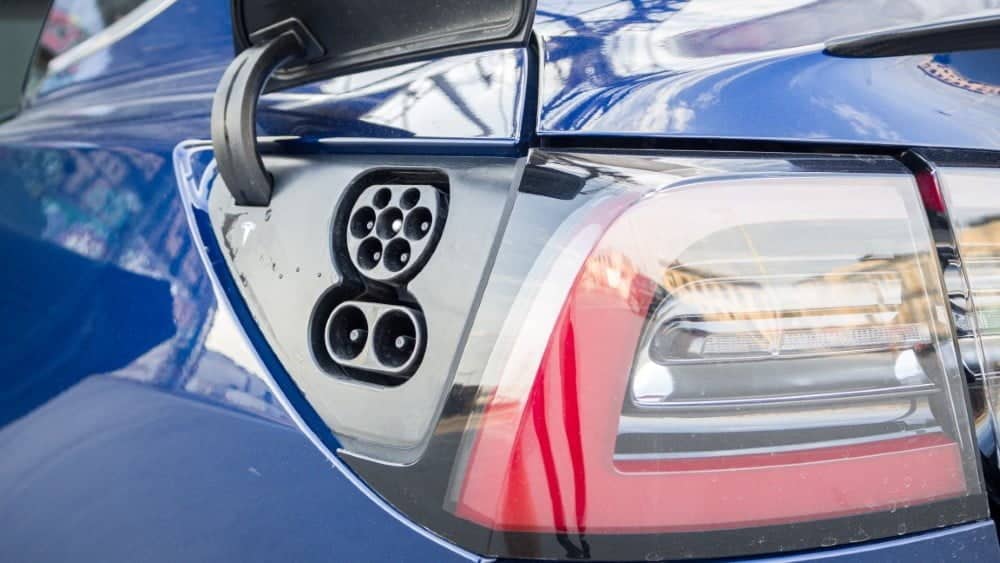
The main problem areas are situations where another car is changing in front and the Tesla should slow down. Similarly, in situations where the car in front changes lanes to the next lane, it takes a long time for Tesla to react by accelerating.
In faster and more unexpected situations, the autopilot’s driving skills sometimes resemble the steering movements of a small child.
The interior materials are generally of good quality. The weakest link is the leatherette upholstery. As a material it feels cheap and in hot summer weather the black seats are sweaty.
The interior quality is also reduced by the increasing noise level at higher speeds.

Drivability
The most powerful Performance version of the Model 3 range was test-driven. This four-wheel drive model shoots from zero to 60 in 3.4 seconds and Tesla claims a range of 530 kilometres.
The acceleration of the car is an incredible sensation. The feeling is made surreal by the absence of any engine noise and the smooth acceleration in the absence of gears.
The pressure of acceleration is felt in the chest as the accelerator pedal hits the floor.
Four-wheel drive is provided by two separate electric motors. If one of the motors fails, the remaining electric motor can continue to drive.
Although the Tesla is known for its very brisk acceleration, the car’s driveability and chassis performance deserve at least as much praise.

The car’s centre of gravity is really low thanks to the heavy batteries and the ride is very stable. The car’s curb weight is around 1850 kilos.
On bumpy roads, the chassis is at its best. Cornering is non-existent and the car absorbs bends very effortlessly.
On faster bends, you sometimes wonder how long you have enough grip and when the laws of physics will come into play due to the lack of grip of the tyres.
With a powerful electric car with a huge amount of torque, you’d think the stability control and traction control would have more work to do.
In dry conditions, the tyres have so much grip that the traction control is hardly noticeable, and the power is distributed to the tyres that grip quickly.
The steering feel has been implemented with precision and the micro-automotive feel is enhanced by a smaller than normal steering wheel.
The Performance model comes standard with 20-inch wheels with Michelin Pilot Sport 4s tyres for excellent grip.
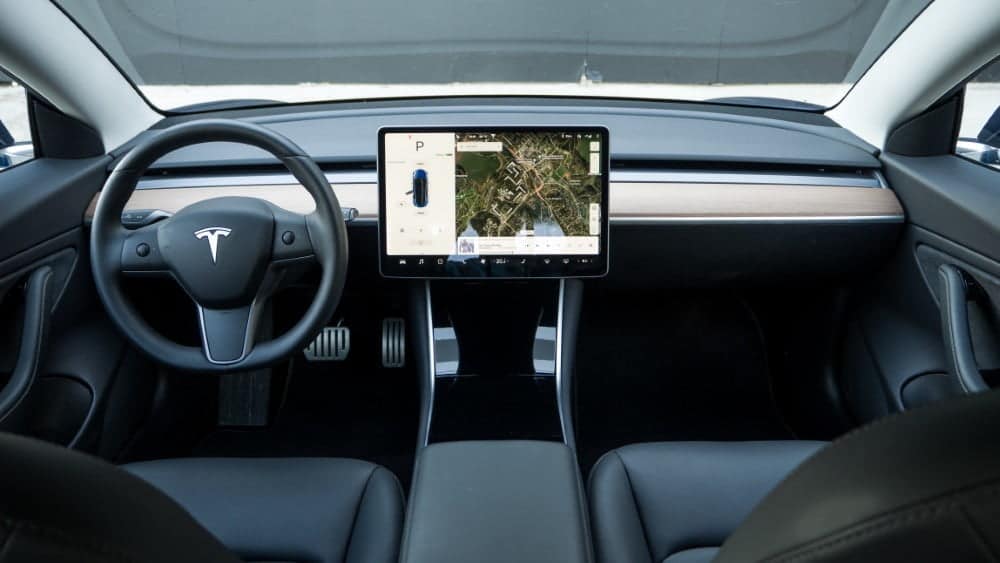
Electric cars in Finland
Finland is not, by definition, the most favourable country for electric cars – at least not with the current number of vehicle boarding points. Long distances, cold winters and a currently rather limited electric car boarding network in Finland are discouraging full electric car use.
Tesla claims a range of 530 kilometres for the Model 3 Performance.
In warm summer weather, the fully-charged batteries covered a whopping 450 kilometres before the first charge. In the cold winter weather, it is likely to fall short of the maximum range claimed.
Depending on the driving style, the test drive’s electricity consumption ranged between 150 and 200 Wh/km.
With a medium-speed 50 kW charging system, the batteries can be charged to increase the range to around 250-260 km per hour of charging. It takes just over two hours to fully charge the batteries from zero.

So far, only seven 120 kW Supercharger charging stations offered by Tesla are in operation in Finland.
According to Tesla’s website, five new charging stations are about to open, including in Pori, Lappeenranta and Ii.
Unfortunately, there are no Supercharger charging stations in the Helsinki metropolitan area and the closest station to Helsinki is in Pyhty. Supercharger stations are scattered outside the main cities in Finland, including Lempäälä, Paimio, Vierumäki and Äänekoski.
If you are planning to use a Tesla Supercharger charging station, it is a good idea to have your car navigated towards the charging station about 15 minutes before you arrive at the charging station.
The car will start preparing the batteries to receive power as quickly as possible.
At best, the Supercharger will charge the batteries so that the operating range is increased by about 600 km per hour of charging.
When the battery charge level is low, or when the battery is full, the batteries are able to receive electricity from the Supercharger station for a driving distance of about 300-400 km per hour.
The worst situation is when charging the car from a normal mains supply. The operating range of the batteries is only about 13-18 kilometres per hour of charging. This means that it takes well over 24 hours to charge the battery from empty to full.
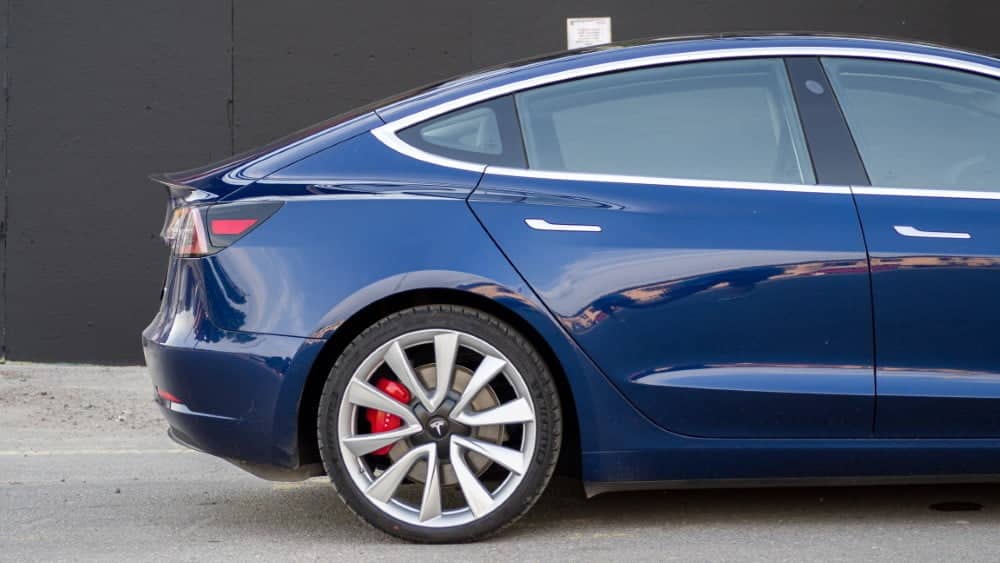
Price quality
With the Model 3, Tesla offers a lot of fun driving for a reasonable amount of capital.
The electrifying and explosive acceleration brings a smile to long ears time and time again. At its best, the car is in its element in short and medium-distance driving.
Compared to an internal combustion engine car, driving an electric car, especially ‘refuelling’ the car, takes some getting used to, some waiting and often some planning.
If these are not perceived as life-limiting, the Model 3 offers electric driving at its best, and the opportunity to be among the first to leapfrog into the next generation of motoring.
The smartest version of the Model 3 is the Long Range model, which has a range of 560 kilometres and a slightly longer range, with an acceleration time of 4.6 seconds that doesn’t have to be outdone by fellow drivers.
The starting price for the Long Range model without a few optional extras is €60,400. At its cheapest, the Model 3 can be had as a Standard Range Plus for just under €50 000.

Tesla Model 3 Performance
Drive mode: four-wheel drive, powered by two independent electric motors
Acceleration: 3.4 seconds (0-100 km/h)
Operating range: 530 km. WLTP
Top speed: 261 km/h.
Curb weight: 1847 kg.
Luggage compartment: 542 l.
Starting price (Performance model): 70 500 euro




